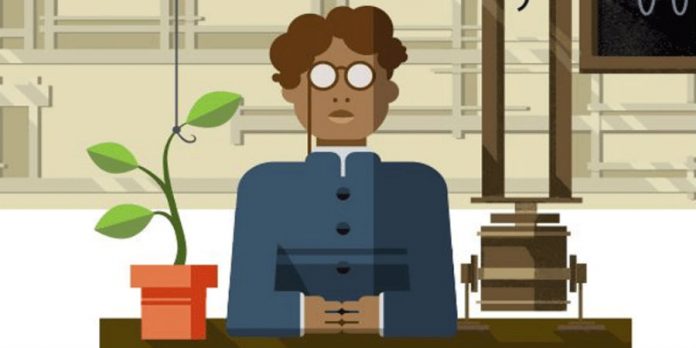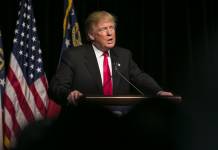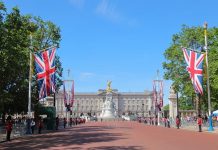
Internet users in Australia, India, Francia and U.S. saw on Wednesday, November 30, a doodle of Sir Jagadish Chandra Bose on the Google search engine.
Google Doodle‘s gesture marked the 158th birthday of the multi-talented researcher who laid the foundation of experimental science in India.
The Google doodle showed Bose sitting at his desk with one of his greatest inventions, the crescograph. Said instrument could measure growth in plants and determine the environmental on vegetation.
Jagadish Bose was proficient in many scientific areas. Although he was mostly a botanist and a biologist, he also was an archaeologist, physicist, biophysicist, and writer of science fiction.
Remembering one of the “fathers of radio science.”
Chandra is one of India’s greatest academics. He was born in 1858 in Bengal and studied Natural Sciences at St. Xavier College, Calcutta (India).
Chandra’s list of accomplishments is inspiring. He made significant contributions to many fields, and many consider he was a genius polymath, a person of great knowledge in several areas of study.
He also made great contributions to sonic technology and radio and was hailed one of the “fathers of the radio” by the Institute of Electrical and Electronics Engineering.
Chandra Bose was a physics professor at the University of Calcutta while he was conducting research on communication technologies. However, the British ran the college by the time, and the academic suffered racial discrimination that diminished his contribution to science.
That is why most of the credit for the invention of the radio goes to Italian Guglielmo Marcone, while Bose’s part is widely ignored.
What Bose did for radio science
There is a lot of controversy around the “mercury drop coherer” device. The instrument could detect the radio frequency signals that an antenna picks up, and converts a radio signal to a direct current signal so it can power an earphone or a Morse printer.
The mercury drop coherer later evolved into the diode detector which Marconi used to receive the first transatlantic wireless signal in December 1901, according to 1998’s “Italian Navy Coherer” paper by P.K. Bandyopadhyay.
Italian historians A. Banti and V.J. Philips analyzed the paper and brought to light. The “scandal” of the Italian Navy Coherer in the early 90s. In 1997, the Institute of Electrical and Electronic Engineers named finally recognized Bose as the “father of radio science.”
Still, the device’s inventor was mostly unheard by the common public until Varun Aggarwal, an Indian engineering student in Delhi, published a paper about it in 2006.
Source: Factor Daily











